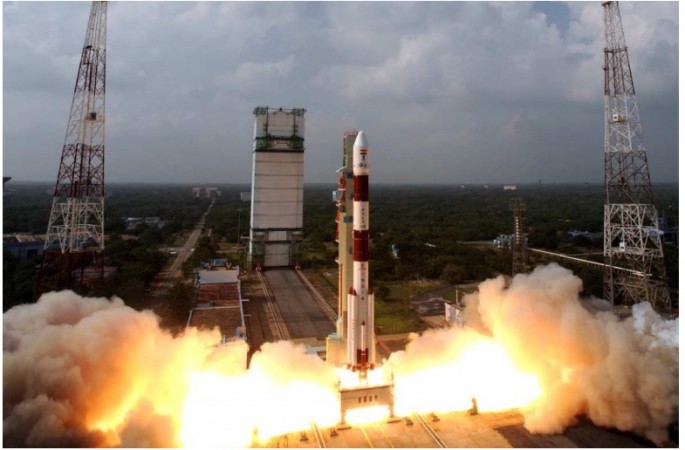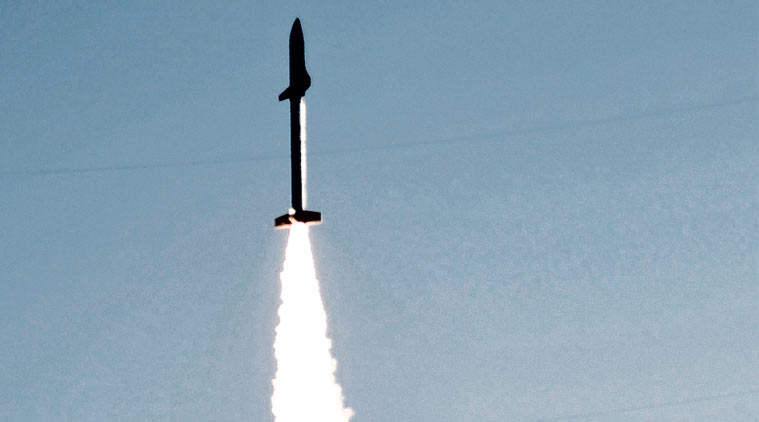On Sunday, Indian Space Research Organisation(ISRO) successfully launched its scramjet. According to a senior officer of ISRO, Scramjet – an engine that takes atmospheric oxygen to burn the engine fuel.
2 scramjet engine take off from the rocket launching base located at Satish Dhawan Space Centre(SDSC) in Sriharikota, Andhra Pradesh.
A senior officials told IANS that the mission was successful. Both the scramjet engine was tested during the flight. The engines were tested for 6 seconds. The scramjet engines were ignited 55 seconds into the rocket’s flight.
ISRO scientists said that by using atmospheric oxygen, the engine will eventually reduce the weight of the vehicle during lift-off by more than half, enabling it to carry heavier payloads into orbit. The scramjet engine is ideally suited for launch vehicles moving at hypersonic speed.
How Scramjet works:
With its air-breathing propulsion system technology, the scramjet engine will forcefully compress atmospheric oxygen when the rocket is in supersonic speed. The atmospheric oxygen will act as an oxidiser to burn the fuel (liquid hydrogen) being carried.
Director of SDSC – K Sivan said that the ignition of the engine will be tested and monitored. He added that the main concern is igniting the air-breathing engine in the air and then sustaining the flame at supersonic speed. If we can sustain it for 5 seconds, then it can last for even 1000 seconds.
While many countries like China, Russia, Europe and Japan are in the initial or testing phase of supersonic combustor technology+ , US Space agency – NASA demonstrated scramjet propulsion in the year 2004.
Indian Space Research Organisation had previously carried out a ground test of a scramjet engine in the year 2006.


Leave a Reply